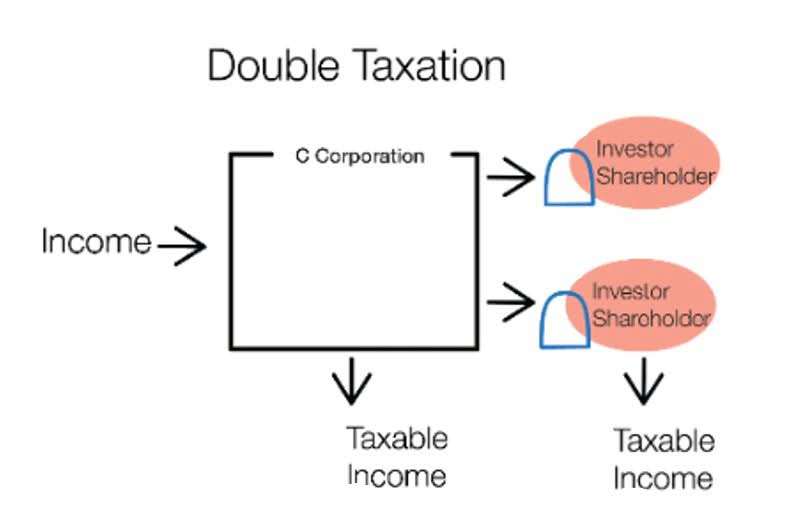
It also helps you become more responsive, allowing you to make adjustments to avoid shortfalls. This kind of overview can provide a clear picture of your church’s net worth and financial stability, helping you to assess how to budget moving forward. For example, if your church is in debt, you’ll want to focus on CARES Act paying off debt before setting aside income for extraneous expenses. A well-structured budget can also serve as a tool for promoting transparency and accountability within the church community. In simple terms, budgets are a consolidation of an organization’s income and expenses in a single document.

Prioritizing Ministry and Mission
- Other financial concerns like having enough money to pay for present needs and being able to save for future needs are also significant sources of stress.
- While there is no surefire way to set the amount of money needed for a church budget, this article will provide an idea of the average annual income and spending requirements based on the weekly attendance at that church.
- It’s always better to have extra funds than to fall short and struggle to make ends meet.
- As a religious institution, churches receive donations and offerings from members to fund their operations and various projects.
Obviously, budgets, attendance, giving, and a host of other figures are more complicated than this model. We find that it is a helpful way to visualize not only which variables impact a church’s ability to pay pastors and staff, but how. Remember, the ultimate aim is to use God’s resources wisely and effectively, ensuring that financial decisions align with the church’s spiritual mission. By focusing on clear communication, transparency, and stewardship, churches can create a budget that supports their mission, cares for their congregation, and has a lasting impact on their community. It’s important to note that these are just suggested, ballpark figures.
- The next most popular response after Christianity was “no religion” and 37.2% of people in England and Wales fell into this category.
- Many churches limit themselves to borrowing no more than 33 percent from lenders per year under standard terms (not taking into account any special circumstances, such as rapid growth).
- It’s also a good practice to have an emergency fund set aside for unexpected costs, such as replacing the air conditioning system or repairing storm damage.
- With over two decades in ministry across states like California, Texas, and Hawaii, he has also become an expert in church marketing, web design, and SEO.
Decreases in giving have affected some church budgets

In 2020, there were 13,502 baptisms among 421 churches—an average of 33 baptisms per church. Discipleship includes identifying, training, and empowering young leaders to foster a culture of growth within the church community. One general rule of thumb is to set your budgeted estimated income Bookkeeping for Chiropractors as 90% of the previous year’s income.

Smaller Churches Are Experiencing Higher Turnover
Of course, we saw drastic dips in church attendance through the 2020 pandemic across the board. Barna found that 22% of Boomers and 21% of Millennials are attending church primarily online. For Boomers, online church could be a welcome alternative for those who have challenges getting to church, are homebound, or have health concerns. Fortunately, there are resources available to help team members in full-time ministry navigate through difficult times. The most important thing is to acknowledge how you’re feeling and ask for help. Reasons for pastor burnout include conflict, schedule, stress, and lack of support from church members.
By understanding an increasing millennial demographic in your church, you can begin to tailor the content of sermons, small groups, and retreats to fit their needs, questions, and lives. Additionally, 38% of small churches have current job openings versus 76% of large churches. This is a steep drop compared to a similar poll from a decade earlier.

Church budgeting can be intimidating and challenging, even for the most seasoned leaders. Specifically, it can be difficult to know what percentage of the budget to allocate to each ministry, how to create a church budget program, or area of the church. Number 5 also showed us that inflation is heavily impacting churches.
Church Budgeting Best Practices
But we heard regularly in the news throughout 2022 that inflation was increasing dramatically. Bureau of Labor Statistics, the annual turnover rate was 47.2% in 2021. Turnover can include voluntarily quitting, layoffs, retirements, and discharges.
